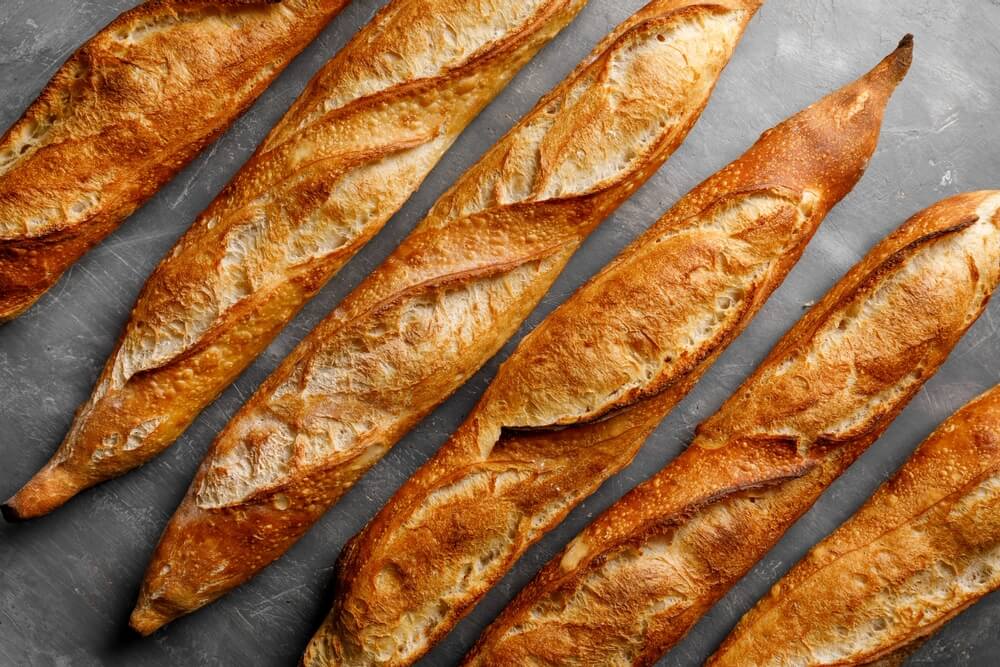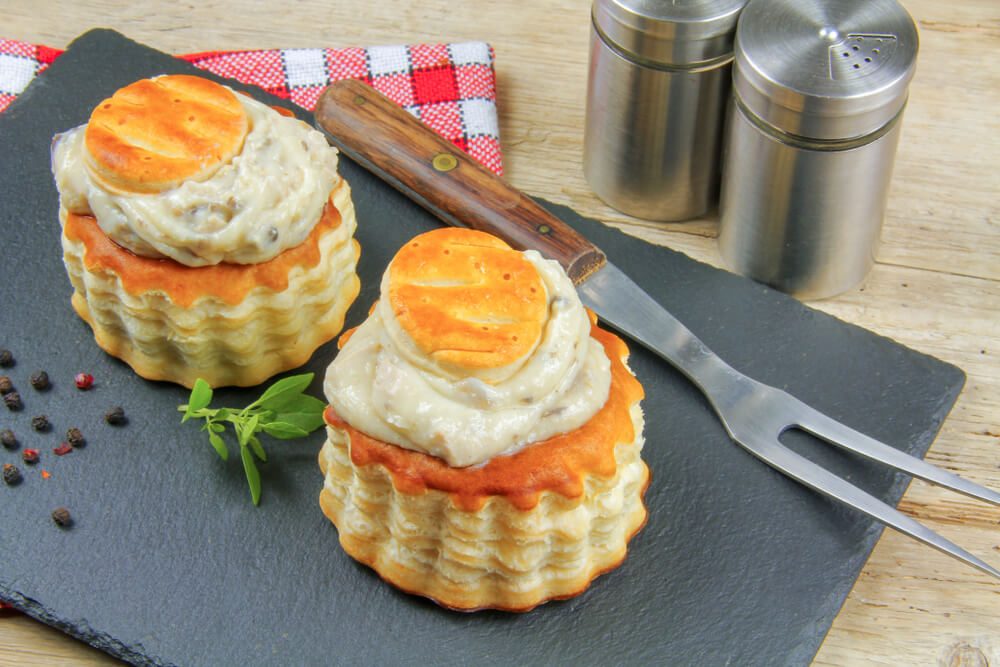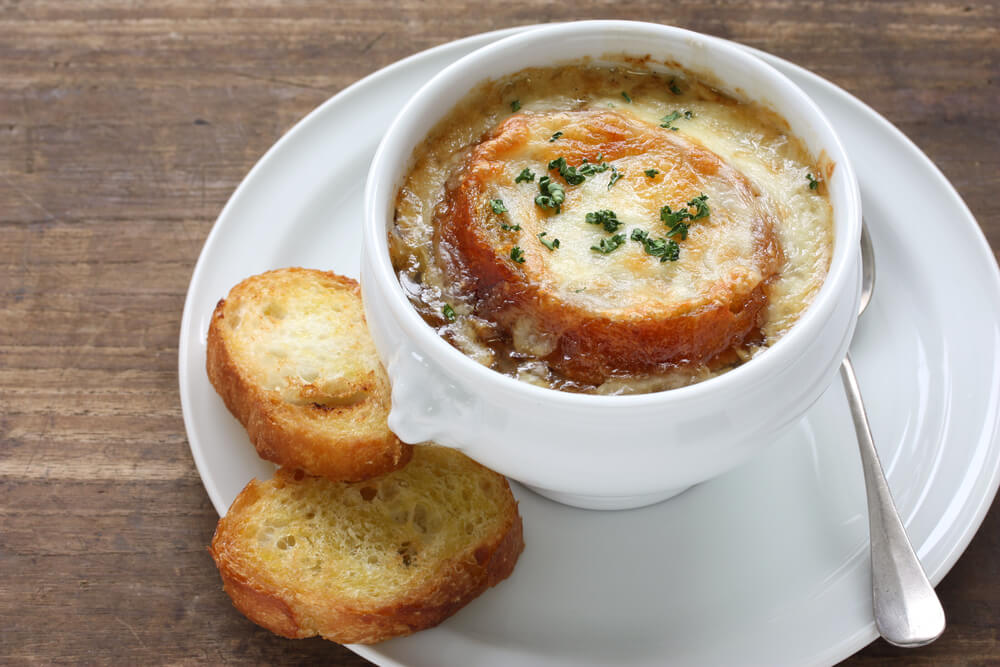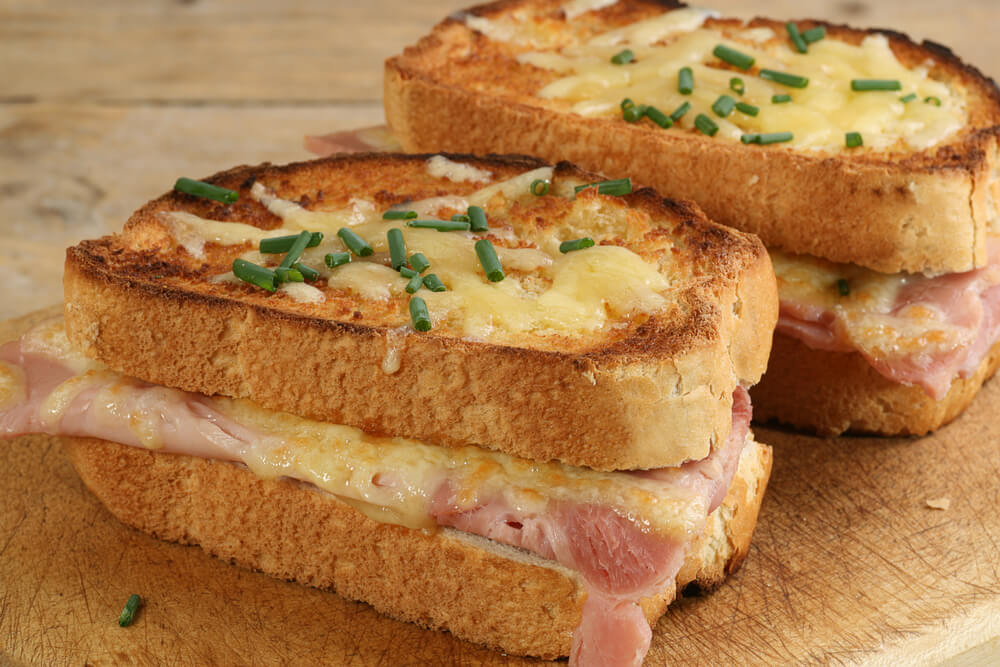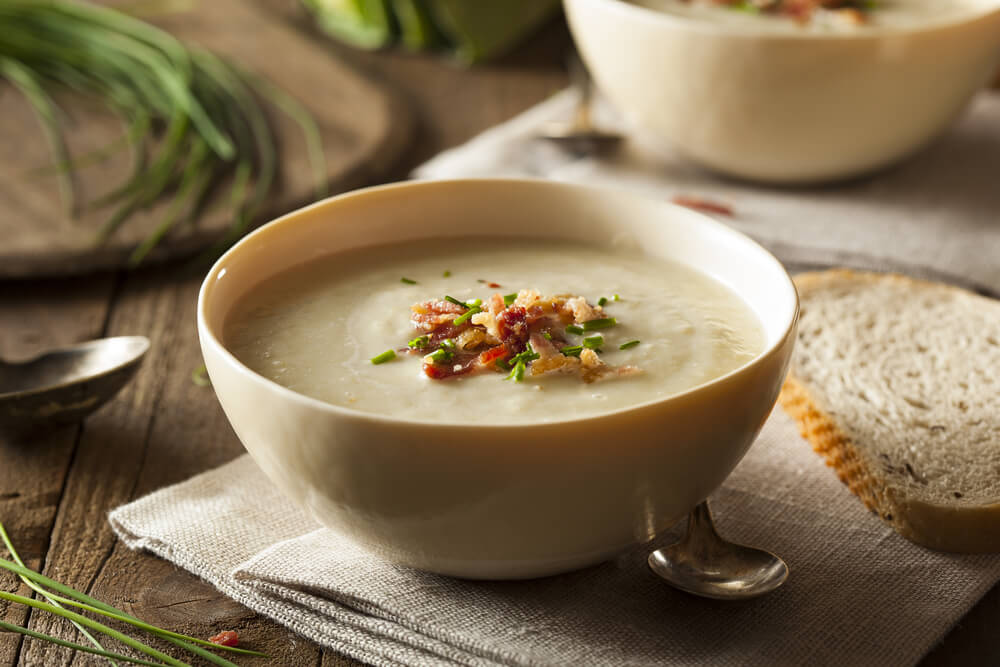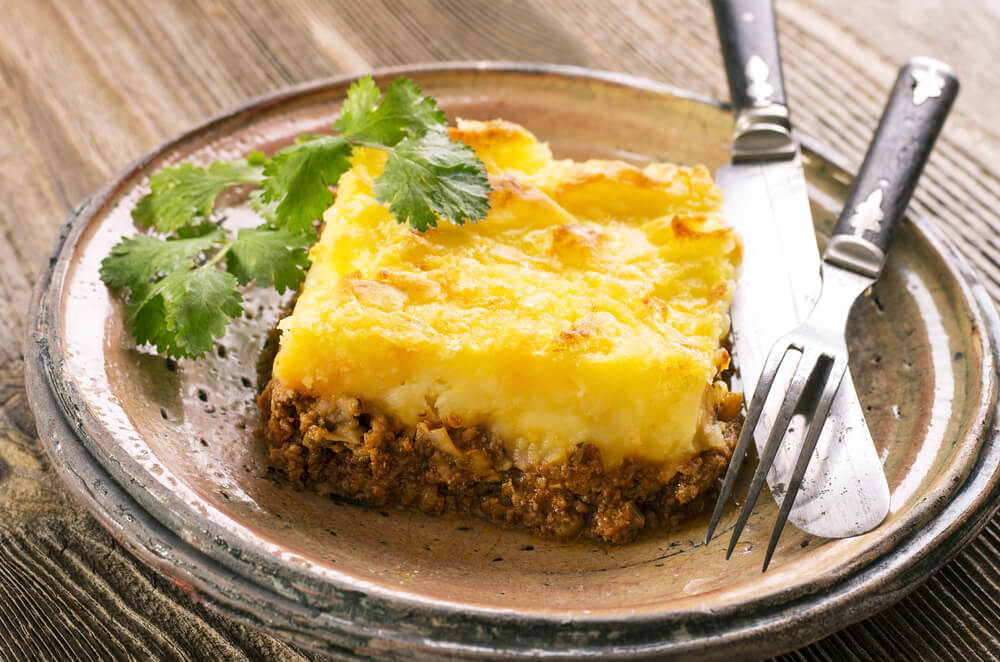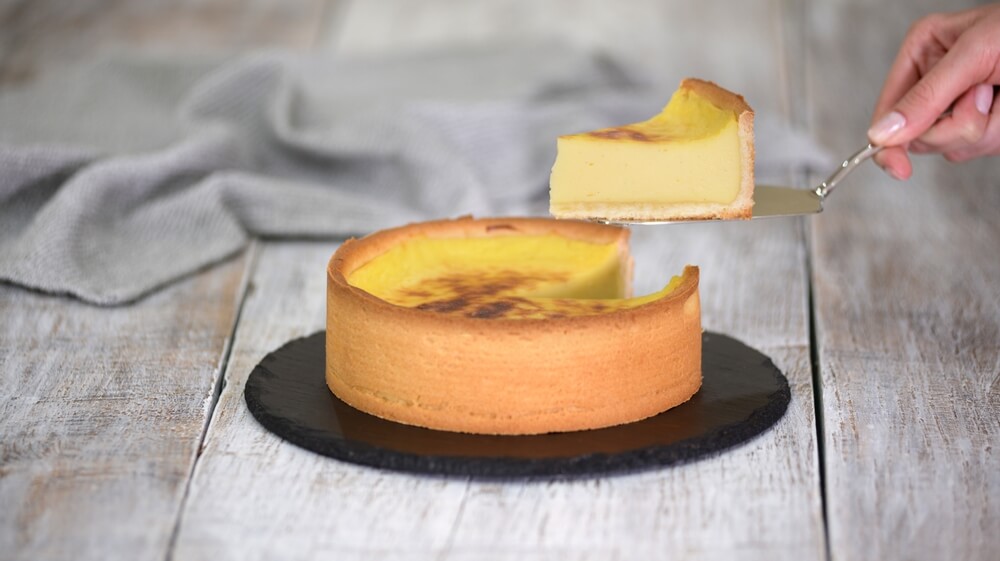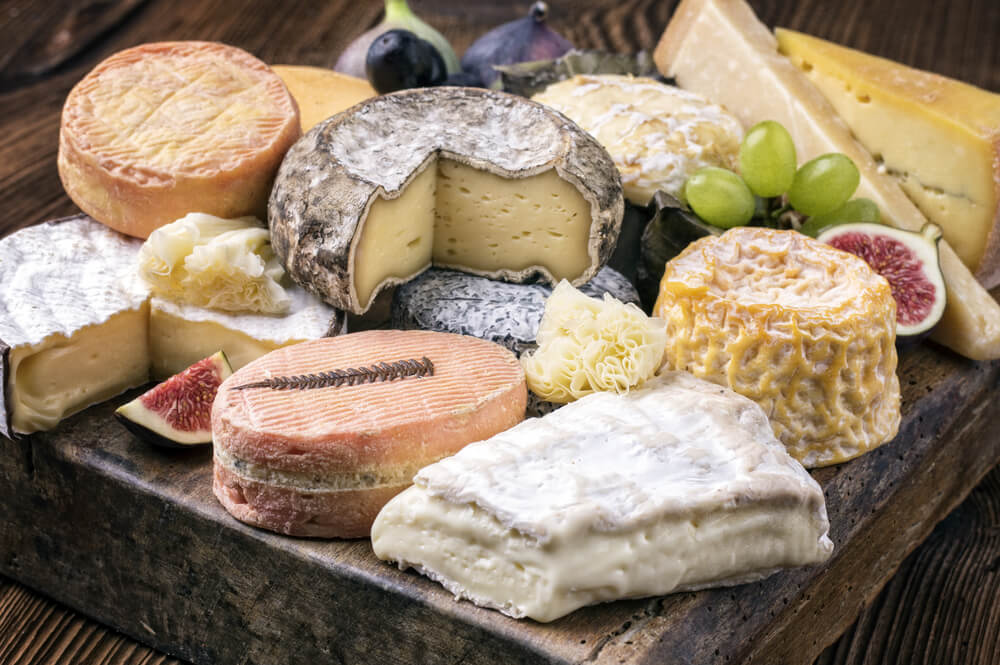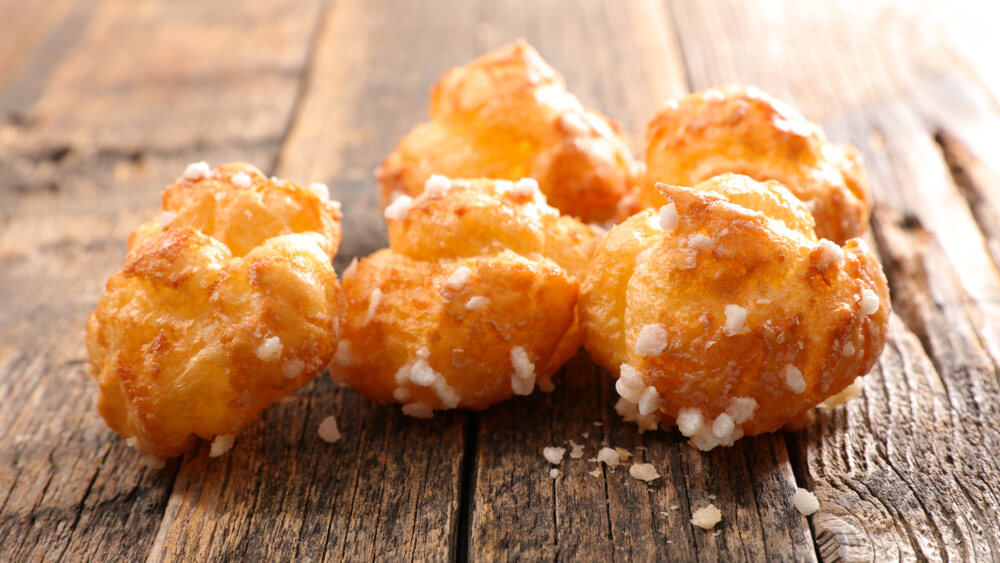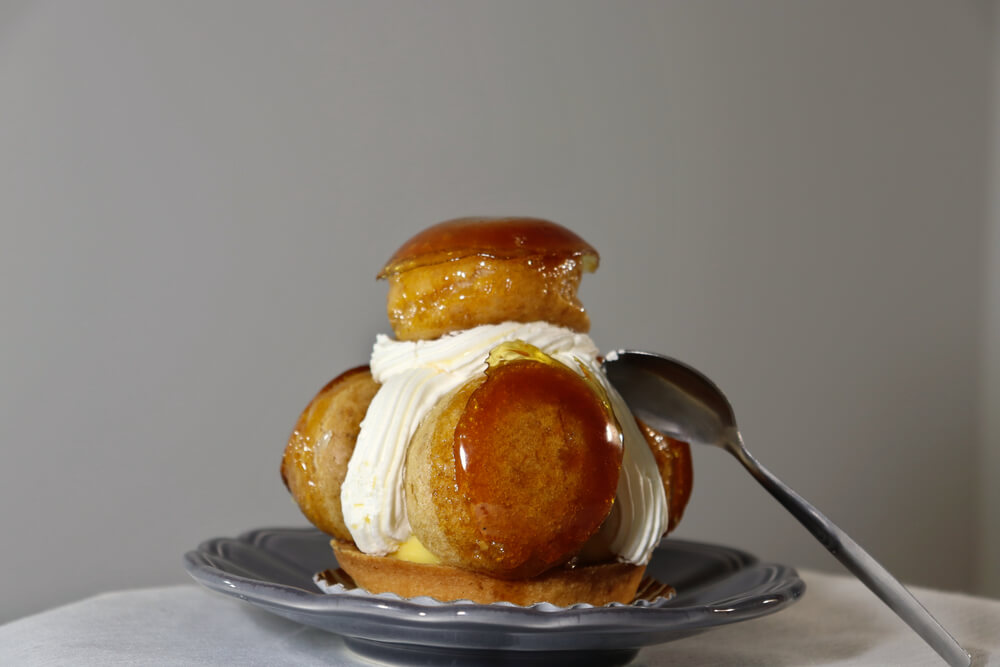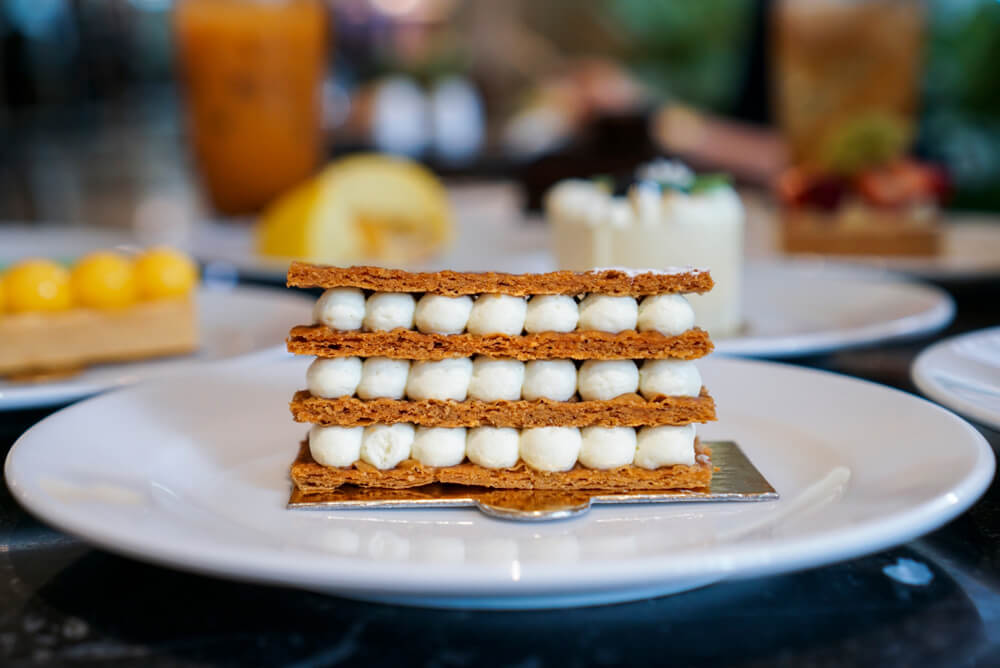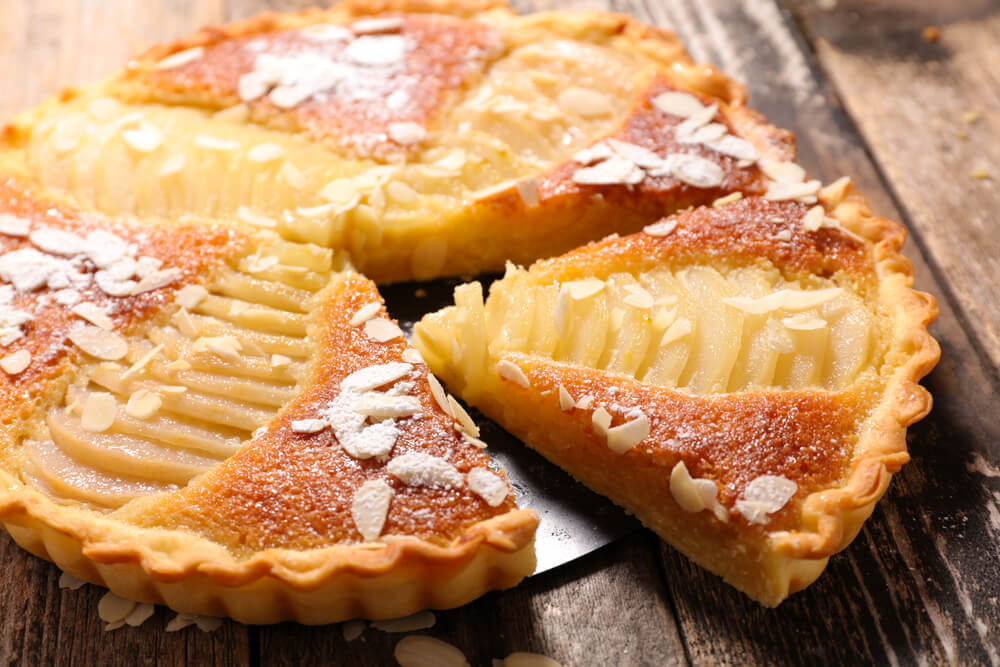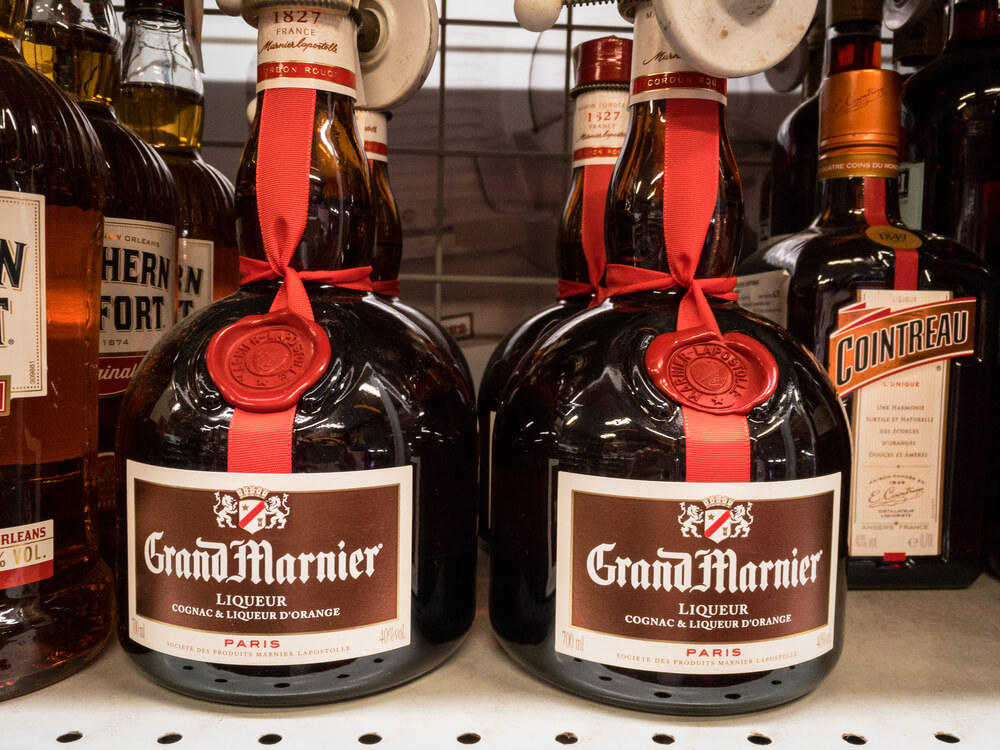Top 20 culinary specialities in Paris
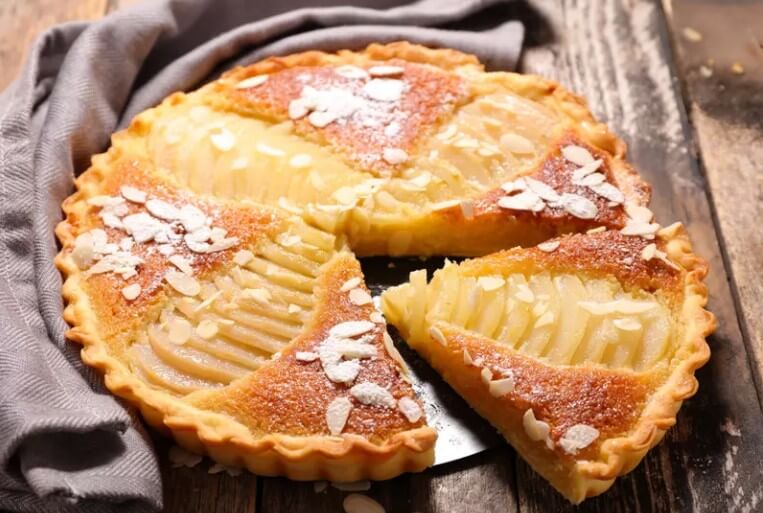
It’s hard to imagine the City of Light any other way than it is today. With its boulevards, its institutions, its business district and, of course, its typical cafés that are always full. Yet Paris was once a dynamic agricultural area, with exemplary yields.
The diversity of its soil gave rise to more specialities than this top could contain!
In the streets of the capital, take your pick from brasseries or Michelin-starred restaurants, street food or traditional houses. Each cuisine has its own identity, and culinary establishments of all sizes vie for even the smallest corners of the capital.
What to eat in Paris Our selection of 20 Parisian specialities
The top chefs and addresses seem to change every week… probably because Paris is a clash of cultures and flavours. Cuisine from the four corners of the world meets almost ancestral French specialities. You’ll soon have an infinite number of flavours at your fingertips, to your delight!
1 La Baguette
It’s impossible to start our top ten without putting the star of French breads at the top! The baguette is an emblem of France. Its long, slender shape and inimitable taste have earned it international recognition, as well as UNESCO World Heritage status. Indispensable at breakfast with butter and jam, at lunchtime it forms the basis of the crispiest sandwiches. Finally, at dinner, its soft crumb perfectly soaks up the gourmet sauces at the bottom of the plate. To enjoy the best baguettes in Paris, go to a real artisan baker. They are the master craftsmen who perpetuate the tradition of bread-making and guarantee its quality.
2. Les bouchées à la Reine
Behind this fine name lies an even more delicate Parisian speciality. These are individual puff pastry croustades, generously filled with a mixture of poultry, ham, sweetbreads and diced mushrooms. The whole thing is bound with a thick sauce of your choice: forestière, béchamel or supreme. A little history to tide you over while you wait for your dish? Bouchées à la reine were created in Versailles by court cooks in the 18th century. This delicious creation was created at the request of Queen Marie Leszczynski, the wife of Louis XV. She wanted an aphrodisiac dish to be served regularly to her husband to keep him loyal.
3. Onion soup
Onion soup (or Gratinée des Halles) is a gourmet starter, typical of Parisian brasseries. It was originally served to stockmen working the night shift at the old Halles. Covered with a layer of gratinated cheese and croutons, this soup is made with stock and onions preserved in butter. Legend has it that it was invented one evening by King Louis XV, who was in his hunting lodge at the time, and whose larder consisted of nothing but bread and onions.
4. Croque-monsieur
Childishly simple yet delicious, the croque-monsieur is one of the most popular Parisian (and French) specialities outside France. Since its creation in the 1900s, the croque-monsieur has featured on the menu of most of the capital’s brasseries. It consists of two slices of sandwich bread, topped with cooked Paris ham and béchamel sauce. Before baking, the top of the bread is covered with a thick layer of cheese au gratin. In an even heartier version, the croque-monsieur is topped with a fried egg and becomes… a croque-madame.
5. Leek and potato soup
With all due respect to the other regions of France, the country’s most popular leek soup was actually born in Paris! It used to be called “Parisian soup”. It could hardly be more basic in its preparation: leeks, potatoes, a few caramelised onions and a little garlic. After cooking, the ingredients are blended to obtain a smooth, velvety texture. The soup is then served piping hot with fresh bread or croutons. A real winter comfort food!
6. Shepherd’s pie
If your aim is to satisfy a ravenous appetite, this is definitely the dish for you. Made from basic ingredients, shepherd’s pie is an inherently popular dish. The original recipe is a gratin of creamy mashed potatoes on a bed of minced beef. A more gourmet (and more expensive) variant replaces the beef with shredded duck confit legs. This speciality was named after an idea by M. Antoine Parmentier, who invented it to combat famine. An apothecary by trade, Mr Parmentier was convinced that the potato could combat hunger. His determination took him all the way to court, where he had King Louis XVI himself taste his hash!
7. The Entrecôte-Frites
A simple, hearty dish that’s always a winner! Also known as “steak-frites”, this dish dates back to the 19th century, when the Vilette district was still home to abattoirs. Butchers used to prepare entrecôte steaks with herb butter, accompanied by “pommes Pont-Neuf”, which are thought to be the ancestors of today’s Chips.
8. Miroton beef
A traditional dish in French cuisine, boeuf miroton originated at the end of the 18th century. At the time, Balzac called it “Madame Pipelet’s dish”. To prepare a beef miroton, the meat is first cooked in a pot-au-feu (a simmered broth of winter vegetables and beef chuck). The remaining pieces of meat from this first dish are then mixed with a generous amount of onions, garlic, olive oil and red wine. Before serving, a few pickled gherkins are sometimes added for a touch of acidity.
9. The Opera
This gourmet pastry is made with a layer of “Joconde” biscuit, chocolate ganache and coffee buttercream. It is thought to have been invented in 1955 by pastry chef Cyriaque Gavillon of Dalloyau. His wife, finding a resemblance between the cake and the stage of the Opéra Garnier, named it “Opéra”.
10. The Parisian Flan
Synonymous with flan pâtissier, this creamy sweet is a must-try in every French bakery-pastry shop. A distant cousin of the Portuguese Pastel de Nata, a slice of Parisian flan has no equal when it comes to quantity! To make the flan, you mix eggs, milk, sugar, cornflour and vanilla. The mixture is then baked on a shortcrust pastry and, occasionally, garnished with apricots. Its great popularity has given rise to other flavours, such as chocolate flan, caramel flan, coconut flan and, more rarely, candied fruit flan. We leave it to you to decide which are the most original!
11. Cheeses
Here’s another national cliché that’s as true as it is observable: the French love cheese! The cheeses produced in Paris and the Île-de-France region are mild and very pleasant to taste. The best-known Île-de-France cheese is undoubtedly Brie de Meaux, made from cow’s milk and recognisable by its creamy texture and tender rind. No cheese is left out when it comes to the end of the meal or the aperitif: all the cheeses of the region will be in the party.
12. Le Croissant
Among the symbols of finesse and indulgence, the Parisian croissant could well take first place… A veritable myth of the French breakfast, the butter croissant is on every morning table and hotel buffet, and nowhere is it prepared as well as in Paris. In bakeries, it often goes hand in hand with pain au chocolat, another French viennoiserie institution.
13. Chouquettes
These are small hollow puffs sprinkled with pearl sugar before baking. A ‘successful’ chouquette is plump, crisp on the outside and soft in the mouth. Sometimes, some chouquettes come out of the oven slightly caramelised due to overcooking, but are no less good for all that. These mini viennoiseries are sold in bakeries, individually or by the 100g. Just one of them will be a Proust’s madeleine for many French people.
14. The Macaroon
The Parisian macaron, also known as the macaron lisse, is one of the great classics of French pastry-making. Recognisable by its small size, rounded shape and two delicate almond shells bound together with a flavoured ganache. The Parisian macaron appeals to all taste buds. In the shops, you’ll find something to suit every taste, as long as it’s all natural! As the festive season approaches, you’ll even find savoury versions, with foie gras, champagne or summer truffles, depending on the recipe. Over the centuries, the great houses of French gastronomy have established this royal snack as an icon. A date not to be missed…
15. Paris-Brest
Behind this elegant crown-shaped cake lies the most delicious advertising campaign ever. The Paris-Brest is a dessert made from choux pastry filled with praline mousseline cream and sprinkled with flaked almonds. The whole thing is shaped like a crown… or rather a bicycle wheel! That’s right, in 1909, a pastry chef from Maisons-Laffitte was given the task of creating a pastry to promote the Paris-Brest-Paris bicycle race between Paris and Brittany. It was an immediate success, and the paris-brest has been in the windows of Parisian patisseries ever since!
16. Le Saint-Honoré
The Saint-Honoré is a fine example of elegance and pastry-making expertise. It is also an emblematic speciality of the capital, created in the 19th century by Chiboust. The name ‘Saint-Honoré’ refers to the street of this famous Parisian house: rue Saint-Honoré. It’s a fitting name, given that the patron saint of pastry chefs and bakers is none other than Saint-Honoré himself! The cake is made from puff pastry and whipped cream, encircled by choux pastry filled with chiboust cream and covered with a caramelised sugar shell. You’ll recognise it by the finesse with which the whipped cream is poached, and the superb crown of caramel-covered puffs! Fans will love it…
17. Mille-feuille
The Mille-feuille is an ancient cake that combines the technical skills and flavours emblematic of French pastry-making. It’s certainly this blend of expertise that makes it so cult and delicious. Dating back to the early 19th century, the mille-feuille is made up of 3 layers of puff pastry, layered and alternated with vanilla custard. To finish, the mille-feuille is skilfully decorated with white and black fondant or (in a more modern version) a thin layer of icing sugar. Admittedly, it’s not very practical to eat, but what a treat once cut.
18. Rum Baba
Also known as “savarin”, baba au rhum is a hearty dessert that epicureans love! You’ll mainly find it in individual portions rather than in a shared format. Baba takes the form of a leavened pastry, soaked in a rum- or kirsch-based syrup (sometimes for several days!). The soaked brioche is topped with a light whipped cream.
19. The Tarte amandine
A popular name for the traditional Bourdaloue tart, named after the rue Bourdaloue where it was created in the 19th century. This delicious dessert is a real treat to indulge in. The tarte amandine is made with poached pear, placed on a shortcrust pastry base and topped with almond cream or frangipane.
20. Grand Marnier
Created in 1880 by Louis-Alexandre Marnier in the Yvelines, this liqueur is made from bitter orange peel macerated in cognac for over a month. It can be drunk neat, on the rocks, or in cocktails. It is also often used in cooking, as in the famous crêpes Suzette, prepared with caramelised sugar, butter, orange zest and juice, and of course Grand Marnier!
200 audioguided tours for cities all around the world
Download